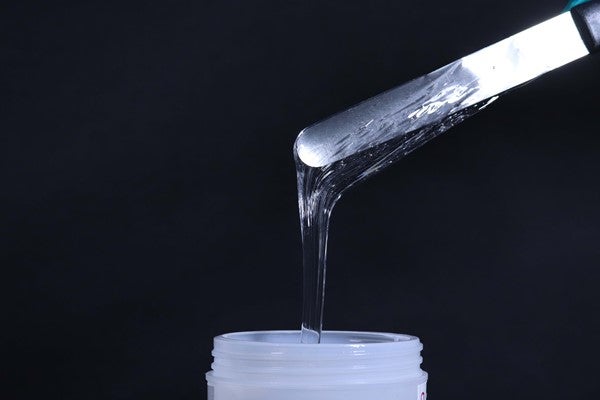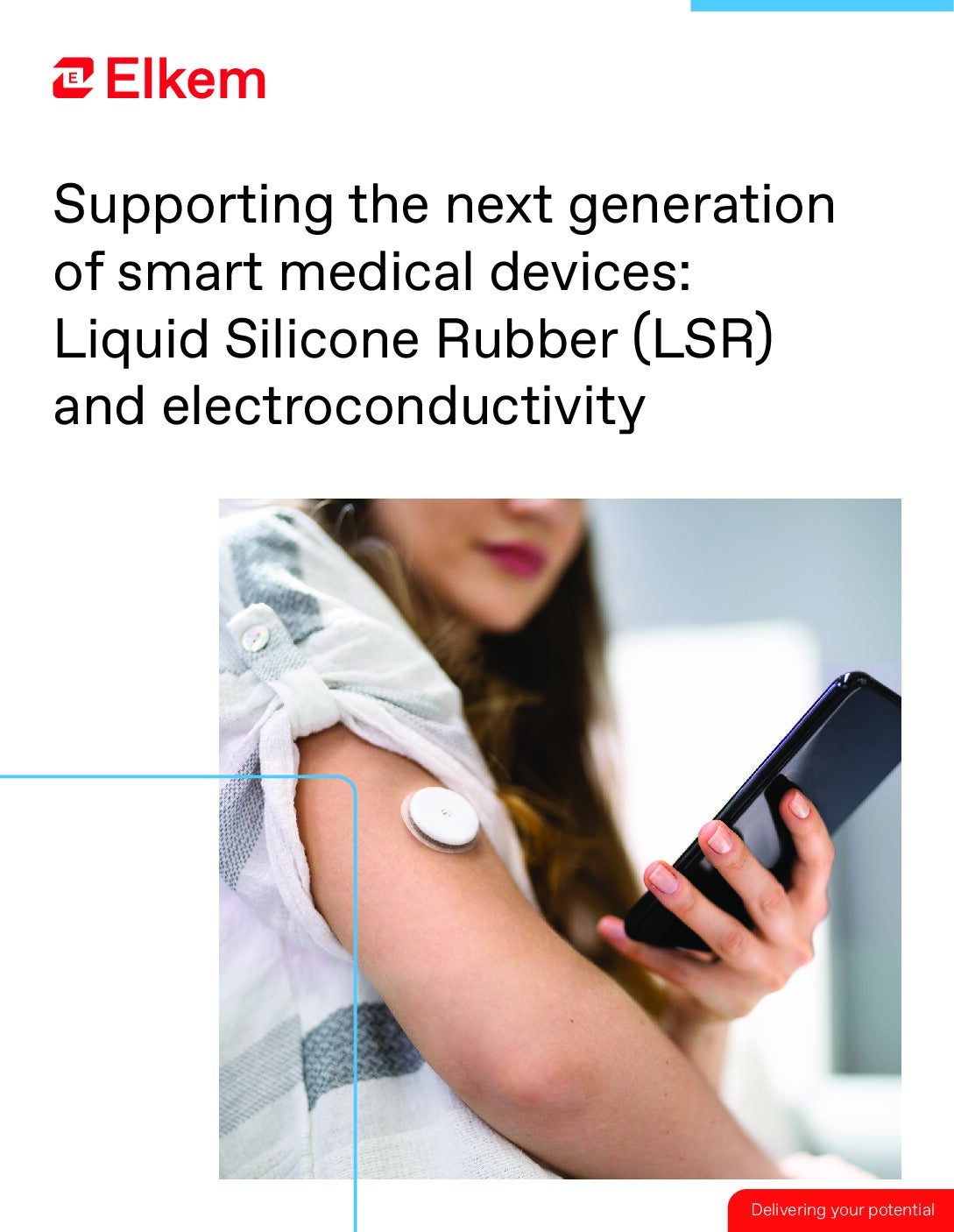
It is amazing to think how medical care has advanced over the years. One way to observe this is in the decreasing size of many implantable devices. The world’s first implantable pacemaker, for example, weighed in at around 180g, whereas modern cardiac resynchronization devices are often about 30g and are a similar size to the one-euro coin.
But that’s nothing compared to some recent developments in stent design. On the US market, there is a stent designed for unblocking particularly small blood vessels that is just 2mm in length.
These technological achievements are part of a vision the healthcare industry is always working towards: to make the treatment of major medical conditions safer and easier for patients while reducing hospital stays and recovery times.
According to Bob Waitt, global market manager for healthcare at Elkem, the miniaturisation of medical devices is important in achieving this. “Generally speaking, your body’s immune system is designed to protect from foreign objects,” he says. “The natural immune response, such as inflammation, fibrosis, or scarring, can create complications for patients. One way to try to mitigate that is to reduce the amount of tissue that is exposed to a device, and obviously that just means making the device smaller.”
The second benefit of smaller implantable devices is they can be inserted into the body in a much easier and safer manner. Coronary angioplasty, a procedure used to widen blocked or narrowed coronary arteries, for example, is not considered a major surgery simply because of two important minimally invasive medical devices: catheters and stents.
During the procedure, a catheter is guided through the patient’s artery from a small incision in their skin, usually the wrist or groin. Surgeons use X-Ray technology to guide the catheter all the way to the right or left coronary artery that has been narrowed by plaque build-up. A guidewire is fed through the catheter’s tube. Over that wire, a stent is inserted to reopen the narrowed artery and improve blood flow.
There are major benefits to this type of surgery. “The recovery time for a small incision in your leg versus open chest surgery is obviously going to be a lot different,” Waitt explains. Minimally invasive surgeries also help surgeons lower the risk of nosocomial, or hospital-acquired, infections.
Another huge part of this movement is laparoscopic surgery – where a surgeon carries out a procedure through a small abdominal incision using a laparoscope (camera) and surgical tools. Sometimes called keyhole surgery, this approach is used for both diagnosis and therapeutic interventions. According to GlobalData, the volume of tracked laparoscopic procedures is expected to increase by 2.6% per year between 2019 and 2030.
Today, it’s even possible that certain laparoscopic surgeries can be performed by a robot. “Companies are now building upon the minimally invasive process to go a step further, looking at these more routine procedures and seeing how they can create a more repeatable experience for patients, which helps with the recovery and cost,” comments Waitt.
Minimally invasive material of choice
So, medical devices are becoming smaller, and the technologies and procedures associated with their use or implantation are becoming more advanced. Silicone materials have supported the industry right from the beginning of this journey. To refer back to the catheter-placed stent example, both devices have long relied on silicone for aspects of their manufacture.
Materials used in the manufacturing of catheters need to be biocompatible, hypoallergenic and sterilisable in order to be tolerated well by the patient. Catheters are typically single-use devices too, so all materials used should allow for efficient manufacturing. Offering the right physical properties as well as biocompatibility, low shrinkage, high resiliency, and cost-effective processing by extrusion, liquid silicone rubber (LSR) and heat cure rubber (HCR) are popular choices for the catheter’s tubing.
In the stent example, silicone materials are frequently used to coat metal or fabric mesh to provide corrosion resistance, improved strain resistance, and clot prevention. The silicone material can also decrease the amount of tissue ingrowth. In some applications, drug-eluting silicone coatings have been utilised to release medication over time, helping significantly with fibrosis prevention.
Overall, silicone is a hugely important material to the medical device industry, with many other examples of how it can be used for housing electronics, bonding substrates, lubricating needles, insulating wires, and much more.
As manufacturers continue to strive towards smaller, more patient-friendly implantables, silicone’s use could also grow. Importantly, the material has the ability to replicate very small features using an injection moulding process.
“For that, the material needs to have the right viscosity and rheological profile to be able to replicate very, very small features in a mould, and this can be a problem for other materials,” explains Waitt.
From silicone fluids used as lubricants for scalpels to a range of LSR, HCR and room temperature vulcanizing silicones for implanted devices, Elkem Silicones is one of the medical device industry’s leading partners for medical-grade silicone solutions. Its Silbione™ solutions are used around the world in the manufacture of premium medical components and devices.
Find out more on how medical-grade silicone is supporting minimally invasive surgery and three other major medical device trends by downloading the whitepaper below.



